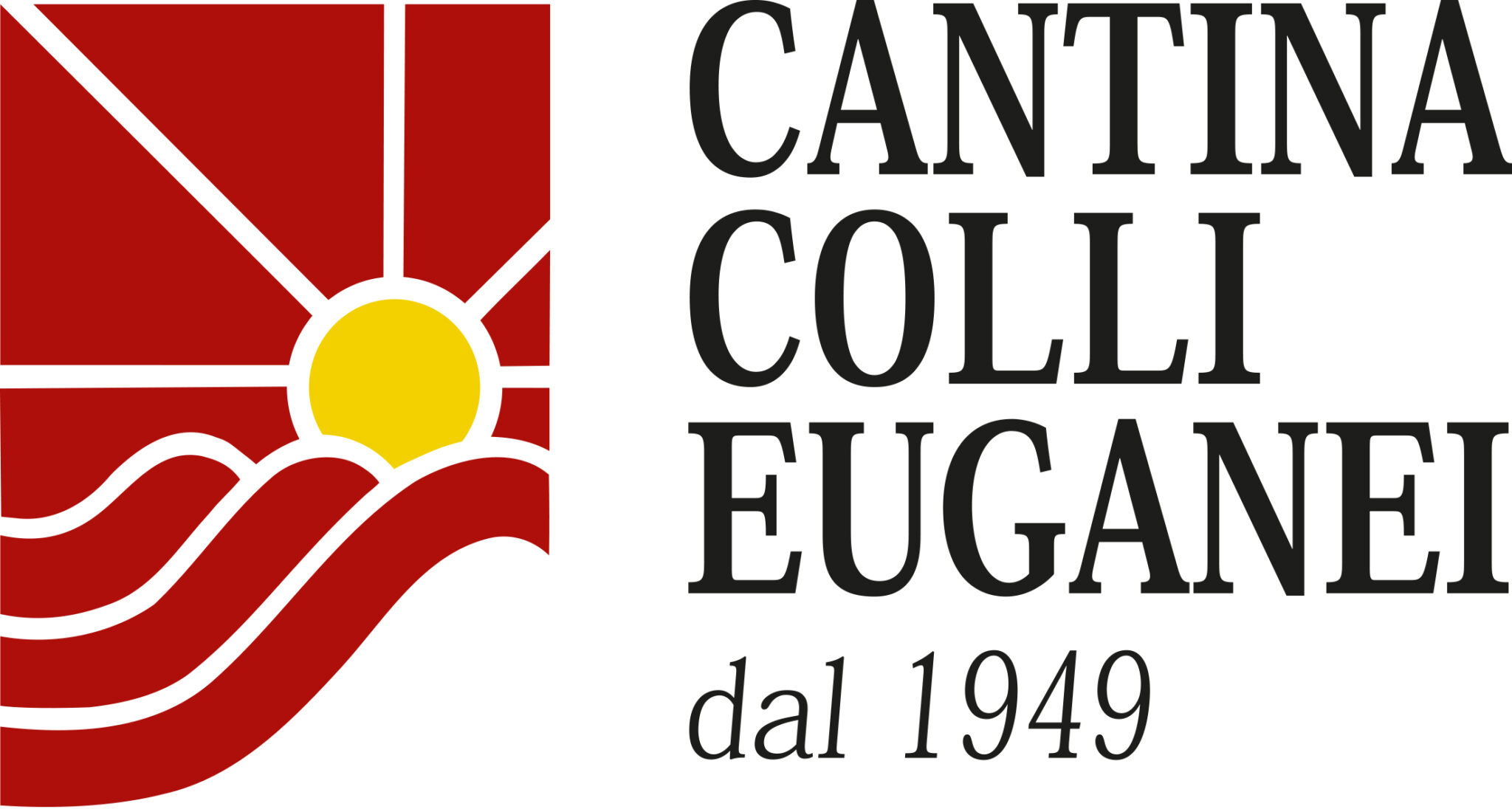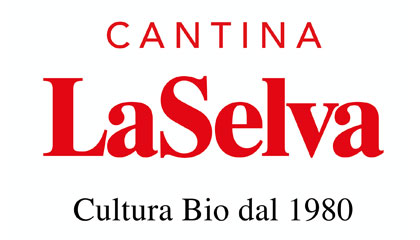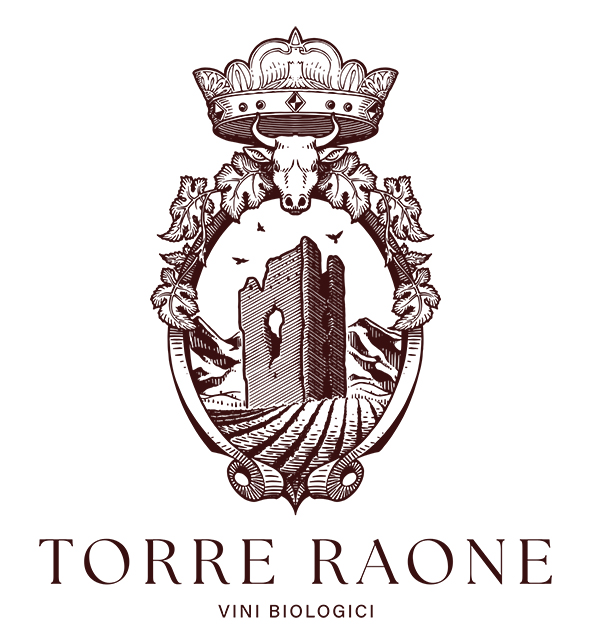Awards for Cantina LaSelva by Veronelli
Continue readingVitae 2026: awards for Borgo Maragliano
Vitae 2026: awards for Borgo Maragliano
Continue readingPatrizia Cencioni: awards by Vinous
Patrizia Cencioni: awards by Vinous.
94+ Points were assigned to the Brunello Ofelio and 94 to Riserva 123 while the Brunello 2021 received 93 Points.
BRUNELLO DI MONTALCINO OFELIO 2021
100% sangiovese
Manual selection of the grapes, soft de-stemming, fermentation at controlled temperature, 32 days of skin contact.
Aged for 40 months in 15 Hl Slavonian oak Barrels
Color: deep ruby red with garnet reflection.
Aroma: rich bouquet with complex aromas. Intense notes of sour cherry and violet, followed by spices and mediterranean herbs.
Flavor: great structure and intensity. Rich, vibrant, lively and elegant, with great persistence.
Food Pairings: perfect pairing for red meats and game.

BRUNELLO DI MONTALCINO RISERVA 123 2020
100% sangiovese
Manual selection of the bunches, soft de-stemming, fermentation at controlled temperature, 32 days of skin contact.
Aged for 48 months in 20 Hl Slavonian oak Barrels and 7,5 hl French oak Barrels.
Color: deep, bright ruby red with garnet reflection.
Aroma: intense bouquet with great complexity. Sour cherry, violet, blood orange, followed by spice with perceptible hints of leather and tobacco.
Flavor: well-structured and intense. Rich, elegant, with a velvety texture and great persistence.
Food Pairings: perfect match for red meats and game.

BRUNELLO MONTALCINO 2021
100% sangiovese
Manual selection of the bunches, soft de-stemming, fermentation at controlled temperature, 25 days of skin contact.
Aged for 36 months in 26, 42 e 7,5 hl French and Slavonian oak Barrels.
Color: intense, bright ruby red.
Aroma: in the foreground is an intense fruity note of iron cherry, then comes the balsamicity of Mediterranean bush, along with hints of tobacco and cocoa
Flavor: intense and enveloping.
Food Pairings: perfect with red meats and game.


THE WINERY:
Founded in 1989, the winery Patrizia Cencioni is now managed by three women who continue a tradition started by their grandfather, Giuseppe Cencioni, one of the founders of the Consorzio del Brunello di Montalcino.
The estate spans about 50 hectares, including 8 dedicated to Brunello di Montalcino vineyards and 7 to olive groves.

Patrizia, Annalisa and Arianna
Last but not least, the winery offers tours and tastings at their location at Podere Capanna, 102 – 53024 Montalcino.





Icardi: award by Wine Spectator
Icardi: award by Wine Spectator
Continue readingAwards for Cantina LaSelva by Veronelli
Awards for Cantina LaSelva by Veronelli
Continue readingVinum awards for Cantina LaSelva
Vinum awards for Cantina LaSelva
Continue readingFalstaff: nice ratings for Cantina Paltrinieri
Falstaff: nice ratings for Cantina Paltrinieri
Continue readingTorre Raone: awards by Wine Enthusiast
Torre Raone: awards by Wine Enthusiast
Continue readingPatrizia Cencioni: awards by Winecritic.com
Patrizia Cencioni: awards by Winecritic.com.
97 Points were assigned to the Brunello Riserva 123 and the Ofelio while the Brunello 2021 received 95 Points.
BRUNELLO DI MONTALCINO RISERVA 123 2020
100% sangiovese
Manual selection of the bunches, soft de-stemming, fermentation at controlled temperature, 32 days of skin contact.
Aged for 48 months in 20 Hl Slavonian oak Barrels and 7,5 hl French oak Barrels.
Color: deep, bright ruby red with garnet reflection.
Aroma: intense bouquet with great complexity. Sour cherry, violet, blood orange, followed by spice with perceptible hints of leather and tobacco.
Flavor: well-structured and intense. Rich, elegant, with a velvety texture and great persistence.
Food Pairings: perfect match for red meats and game.

BRUNELLO DI MONTALCINO OFELIO 2021
100% sangiovese
Manual selection of the grapes, soft de-stemming, fermentation at controlled temperature, 32 days of skin contact.
Aged for 40 months in 15 Hl Slavonian oak Barrels
Color: deep ruby red with garnet reflection.
Aroma: rich bouquet with complex aromas. Intense notes of sour cherry and violet, followed by spices and mediterranean herbs.
Flavor: great structure and intensity. Rich, vibrant, lively and elegant, with great persistence.
Food Pairings: perfect pairing for red meats and game.

BRUNELLO MONTALCINO 2021
100% sangiovese
Manual selection of the bunches, soft de-stemming, fermentation at controlled temperature, 25 days of skin contact.
Aged for 36 months in 26, 42 e 7,5 hl French and Slavonian oak Barrels.
Color: intense, bright ruby red.
Aroma: in the foreground is an intense fruity note of iron cherry, then comes the balsamicity of Mediterranean bush, along with hints of tobacco and cocoa
Flavor: intense and enveloping.
Food Pairings: perfect with red meats and game.


THE WINERY:
Founded in 1989, the winery Patrizia Cencioni is now managed by three women who continue a tradition started by their grandfather, Giuseppe Cencioni, one of the founders of the Consorzio del Brunello di Montalcino.
The estate spans about 50 hectares, including 8 dedicated to Brunello di Montalcino vineyards and 7 to olive groves.

Patrizia, Annalisa and Arianna
Last but not least, the winery offers tours and tastings at their location at Podere Capanna, 102 – 53024 Montalcino.





Emozioni dal Mondo: Merlot & Cabernet insieme
Emozioni dal Mondo: Merlot & Cabernet insieme.
The International Oenological Competition was born in 2004 following a series of meetings focusing on Bordeaux Style Wines in Bergamo Wine Production Reality.
Congratulations to Cantina Colli Euganei with these 2 Gold Medals.

- Colour: Deep ruby red.
- Aroma: Fine and fruity aromas of wild berries, such as cassis and blackberry.
- Flavour: Full and round in the mouth, with a good and elegant structure and a long-persistence aftertaste.
- Serving Suggestions: Ideal with pasta dishes with flavorful sauces, various types of meat, and long-aged cheeses.


- Colour: Ruby red of good intensity.
- Aroma: Fruity bouquet.
- Flavour: Soft and of long continuity, full and warm, with a long and clean persistence on the finish.
- Serving suggestions: Roasted, grilled, or baked meats, and aged cheeses.

Here you find the winners of the last edition of the International Oenological Competition “Emozioni dal Mondo Merlot e Cabernet Insieme”.


Cantina Colli Euganei is situated in the heart of the Veneto region, in the middle of an area that has been dedicated to vine and olive tree growing since ancient times. Today, it is acknowledged by the latest regulations of 2010 as a DOC and DOCG area…
The grapes are grown on the farms of the municipalities of Vo’, Rovolon, Torreglia, Galzignano Terme, Lozzo Atestino, Cinto Euganeo, Arquà Petrarca, Este, Baone, comprising 700 hectares of rows of vines and providing an opportunity to best enhance the character of various wines: from fragrant white wines sweetened by the sun to more intense velvety red wines.
The northern slopes give rise to Serprino wines with their young and bubbly character, enriched with hints of flowers and fruit. The areas most exposed to the sun highlight the balanced sweetness of Fior d’Arancio DOCG, whereas the soils to the south provide full-bodied and intense red wines.
This varied morphological landscape, offering soils with different nutrients, is the perfect habitat for highly prestigious native grape varieties such as Serprina, Moscato Giallo, Moscato Bianco and Pinella, as well as international varieties including Cabernet Sauvignon, Cabernet Franc and Merlot.
More info? Take a look at the website of the producer →









